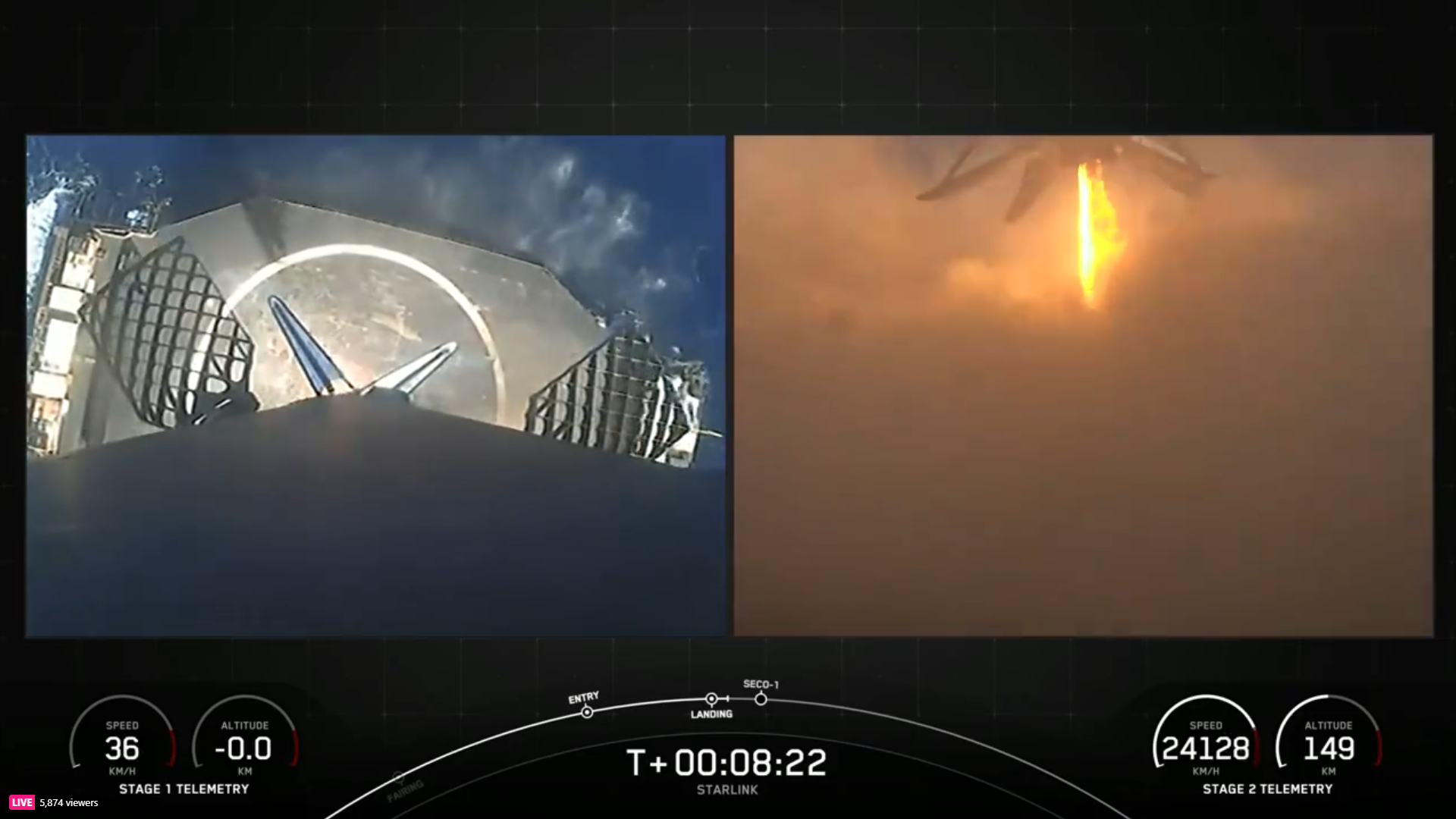
Rounding out a trio of back-to-back launches over two days, SpaceX has successfully executed its 300th Falcon 9 mission, boosting 22 Starlink internet communications satellites into low-Earth orbit from Space Launch Complex (SLC)-4E at Vandenberg Space Force Base, Calif. Liftoff of the once-before-flown B1082—which entered service just six weeks ago for the first U.S. launch of 2024—occurred at 1:34 p.m. PST Thursday, right on the opening of an expansive four-hour “window” of available T-0 opportunities.
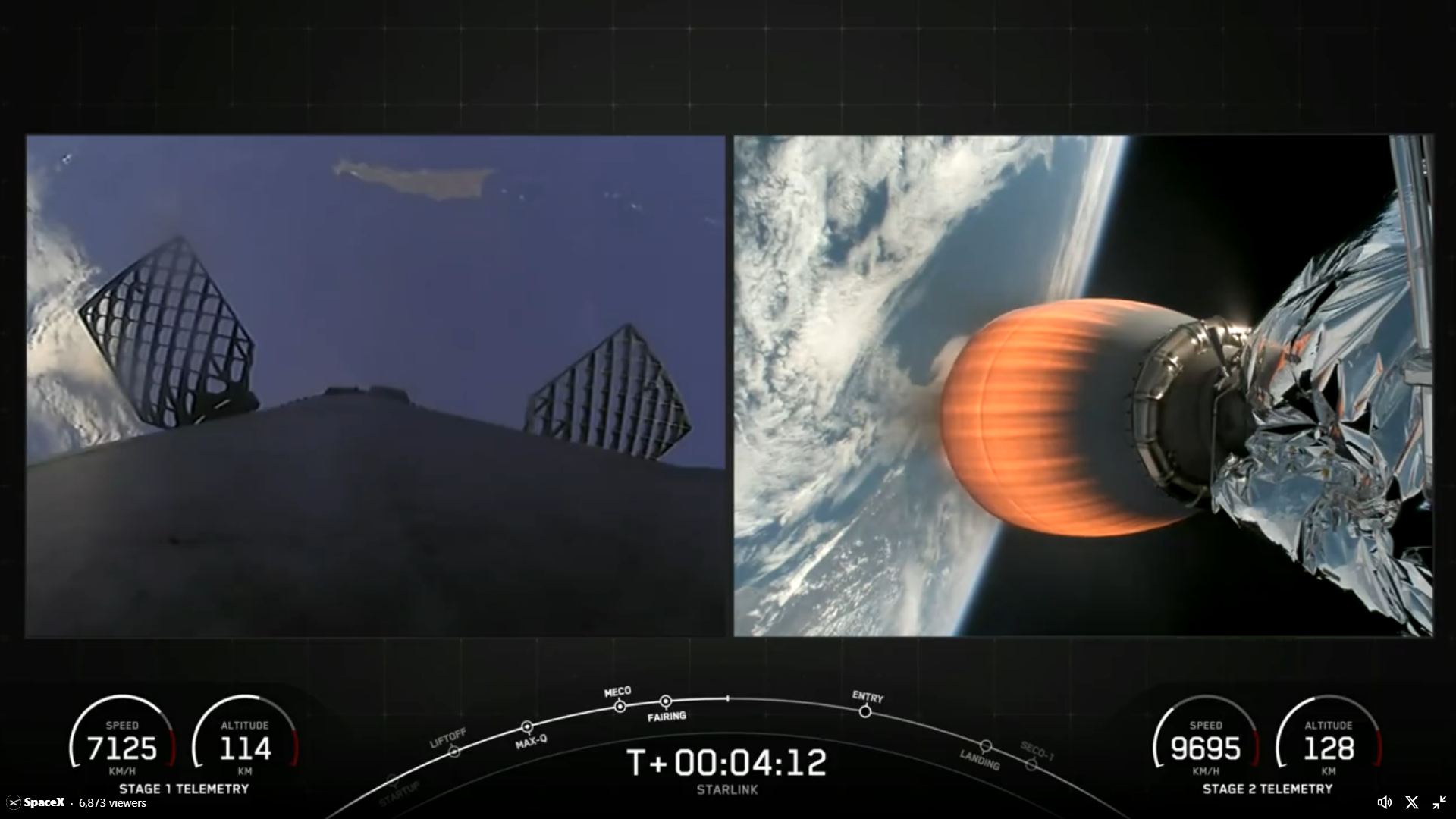
With Thursday’s mission, SpaceX has completed 300 Falcon 9 launches since June 2010, when the two-stage booster blazed onto the scene in its first iteration. Since then, the Hawthorne, Calif.-headquartered organization’s flight cadence has ramped up dramatically, reaching its 100th launch in November 2020 and its 200th by the end of January 2023. And with almost a hundred missions flown last year alone, adding another hundred to its tally to reach No. 300 has taken a mere 380 days.
It also marked the 15th Falcon 9 mission inside 2024’s seventh week, an average of one launch every 3.0 days. That represents a substantial uplift over last year’s average of a launch every 3.8 days, which generated no fewer than 96 missions before the end of 2023. At the current cadence, SpaceX can therefore confidently aim for at least 120 flights before the New Year’s Eve bell next tolls.
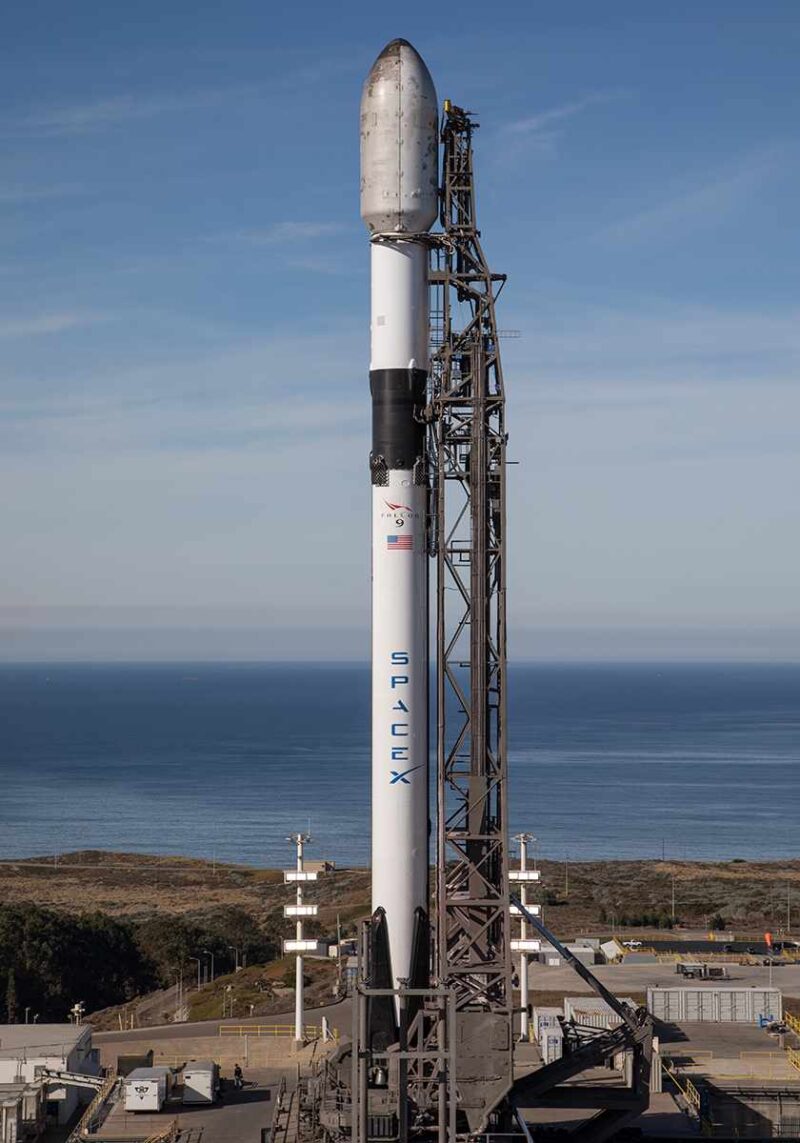
Since the maiden flight in June 2010, a total of 70 Falcon 9 boosters have taken to the skies, almost half of which were either lost or intentionally expended after a single launch. Thirty-seven others flew more than once, with 13 having launched on ten (or more) occasions and after last night’s successful mission by B1060 and Intuitive Machines’ IM-1 lunar lander four life-leaders have now passed 18 flights apiece, with B1058—the one-time ride of Dragon Endeavour and her Demo-2 crewmen Doug Hurley and Bob Behnken—sadly lost after completing a record-setting 19th flight last December.
Across that raft of years, Falcon 9 cores achieved more than 200 landings on the expansive decks of Autonomous Spaceport Drone Ships (ASDS) in the Atlantic and Pacific Oceans since April 2016 and over 40 others alighted on solid ground at either Cape Canaveral or Vandenberg since December 2015. There have been eight failed ASDS landing attempts and a single “land” landing failure, in which the returning booster was instead ditched at sea. And only one Falcon 9 has ever been lost in flight.

Notable milestones included the Falcon 9’s first geostationary payload in December 2013, its first deep-space launch in March 2015, its first use of a previously-flown booster in March 2017 and its first mission to carry humans in May 2020.
Almost half of all launches have been devoted to SpaceX’s in-house-built Starlink internet communications network, with 140 dedicated flights between May 2019 and tonight pushing over 5,900 of these small, flat-packed satellites into low-Earth orbit. Added to that list are 51 large geostationary communications satellites, 11 Earth-observing spacecraft, ten “rideshare” missions, nine classified payloads for the National Reconnaissance Office, the U.S. Space Force and the Space Development Agency (SDA), six international military cargoes for the governments of Spain, Germany, South Korea and Israel, five Block III Global Positioning System (GPS) satellites, four flights devoted to astronomy or deep-space exploration and three voyages to the Moon.
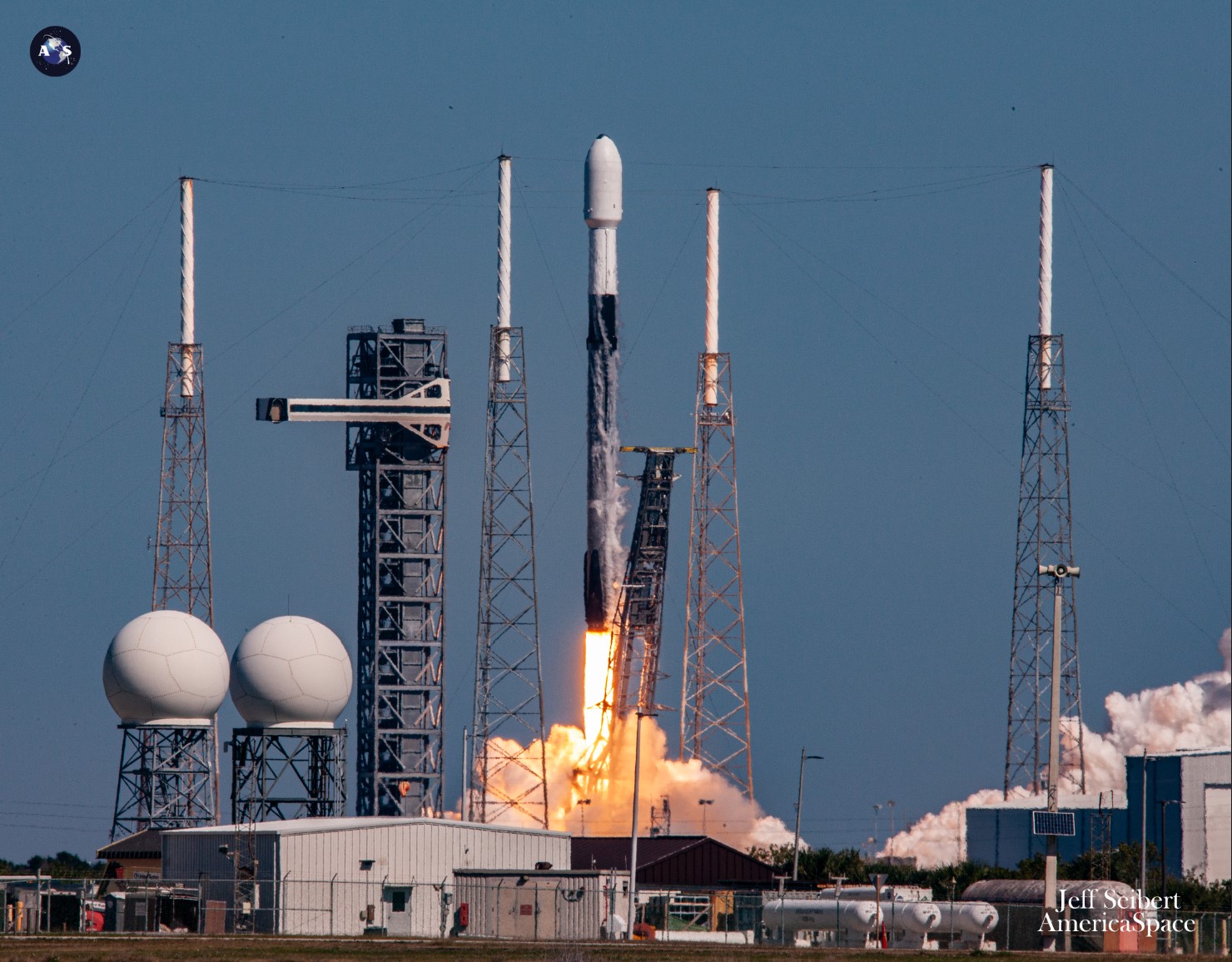
Twenty-nine Cargo Dragons have successfully been delivered to the International Space Station (ISS) since May 2012, plus a single Cygnus resupply mission just two weeks ago on behalf of Northrop Grumman Corp. And since May 2020, a grand sum of 12 Crew Dragons—including the first all-private human mission—ferried 33 men and 12 women from 13 sovereign nations into orbit, including the first national space traveler from Türkiye and the first Arab female astronaut.
Tonight’s launch by B1082 was initially scheduled to fly at 4:30 p.m. PST Wednesday, only two hours after the Space Force’s USSF-124 mission from the East Coast; if achieved, that might have set a new empirical record of 120 minutes for the shortest interval between pairs of Falcon 9 launches, eclipsing SpaceX’s prior personal best of two hours and 54 minutes set late last December. But as Wednesday’s four-hour “launch window” progressed, SpaceX opted instead to aim for a later T-0 point, then ultimately stood down for the day and scrubbed the attempt in favor of a 24-hour turnaround to Thursday.
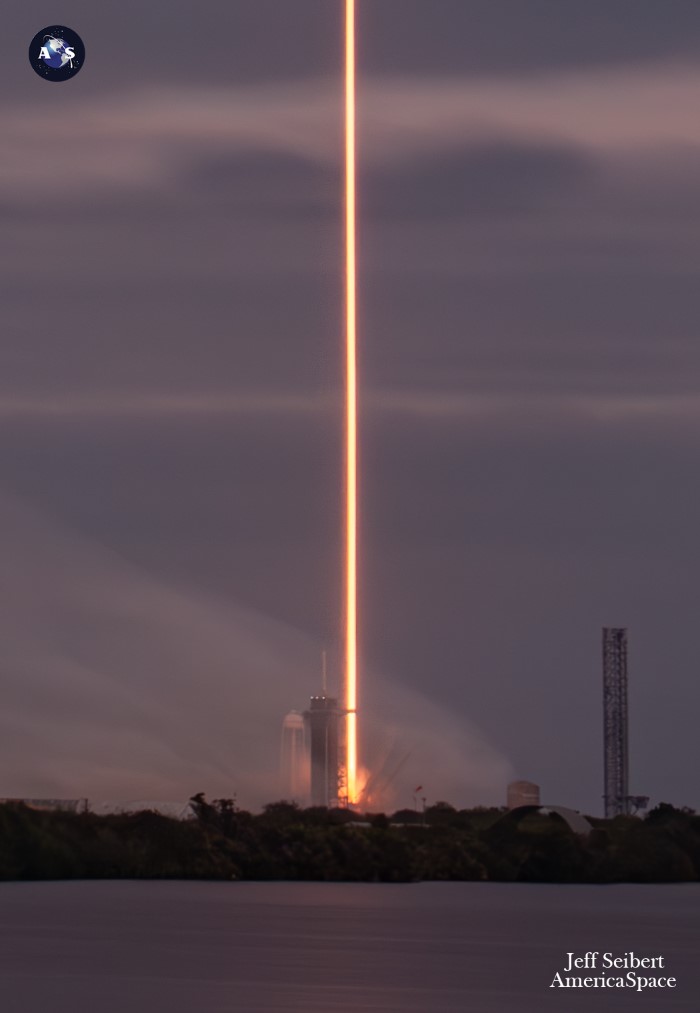
Aboard tonight’s mission were 22 Starlinks weighing some 38,800 pounds (17,600 kilograms), the ninth batch of these flat-packed satellites launched so far in 2024 and bringing the total number of these satellites flown this year to date to 200. Following launch, B1082 returned to land on the deck of the West Coast-based drone ship, “Of Course I Still Love You”, while the Falcon 9’s second stage executed a standard six-minute “burn” to deliver the Starlink stack to orbit.
As a network, Starlink enables high-speed and low-latency internet provision across 70 sovereign nations and international markets in North and South America, Europe, Asia, Oceania and Africa. Landlocked Eswatini—formerly Swaziland—in southern Africa, together with Honduras and Paraguay joined Starlink in December.
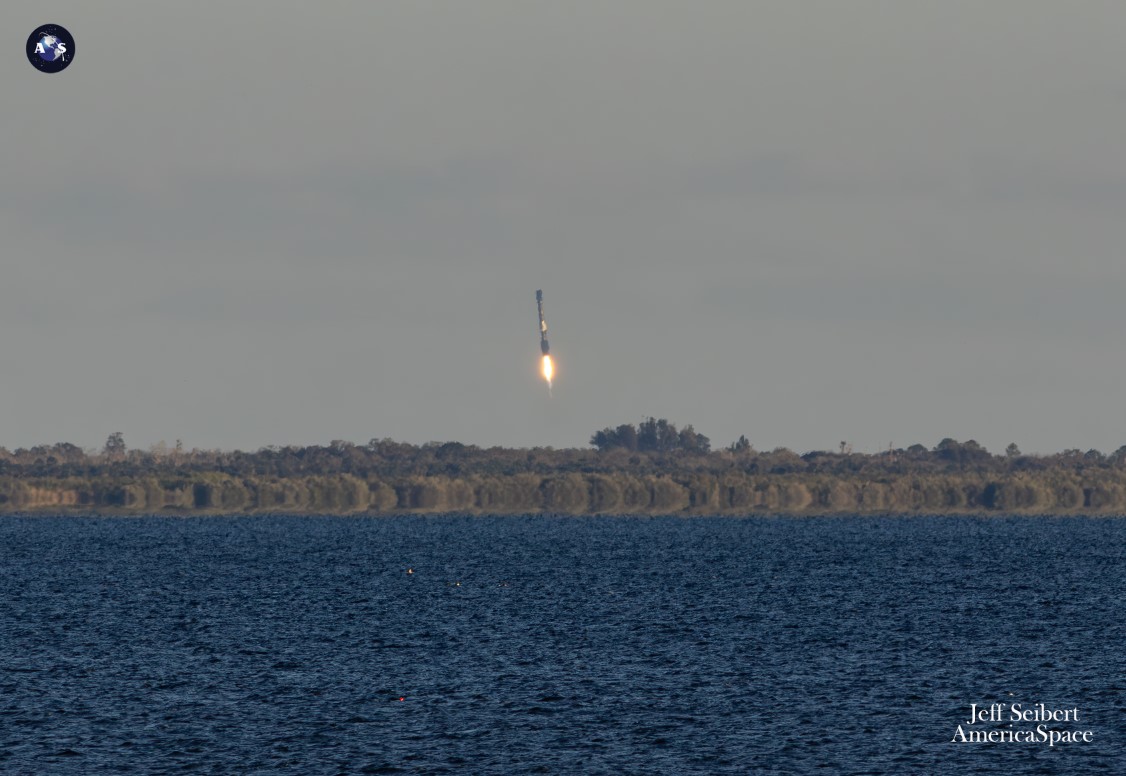
January ended with seven Starlink missions from the East and West Coasts, including SpaceX’s first six “Direct-to-Cell” satellites which permit mobile network providers to offer “seamless global access to texting, calling and browsing”, whether “on land, lakes or coastal waters”, without changing hardware or firmware. Last month, SpaceX sent and received their first text messages via Direct-to-Cell a mere six days after launch.
The downsized Starlink “V2 Mini” satellites, first flown in February of last year, boast three to four times greater “usable” bandwidth than earlier Starlink iterations. “V2 Minis include key technologies—such as more powerful phased-array antennas and the use of E-Band for backhaul—which will allow Starlink to provide 4x more capacity per satellite than earlier iterations,” SpaceX explained. “Among other enhancements, V2 Minis are equipped with new argon Hall thrusters for on-orbit maneuvering.”
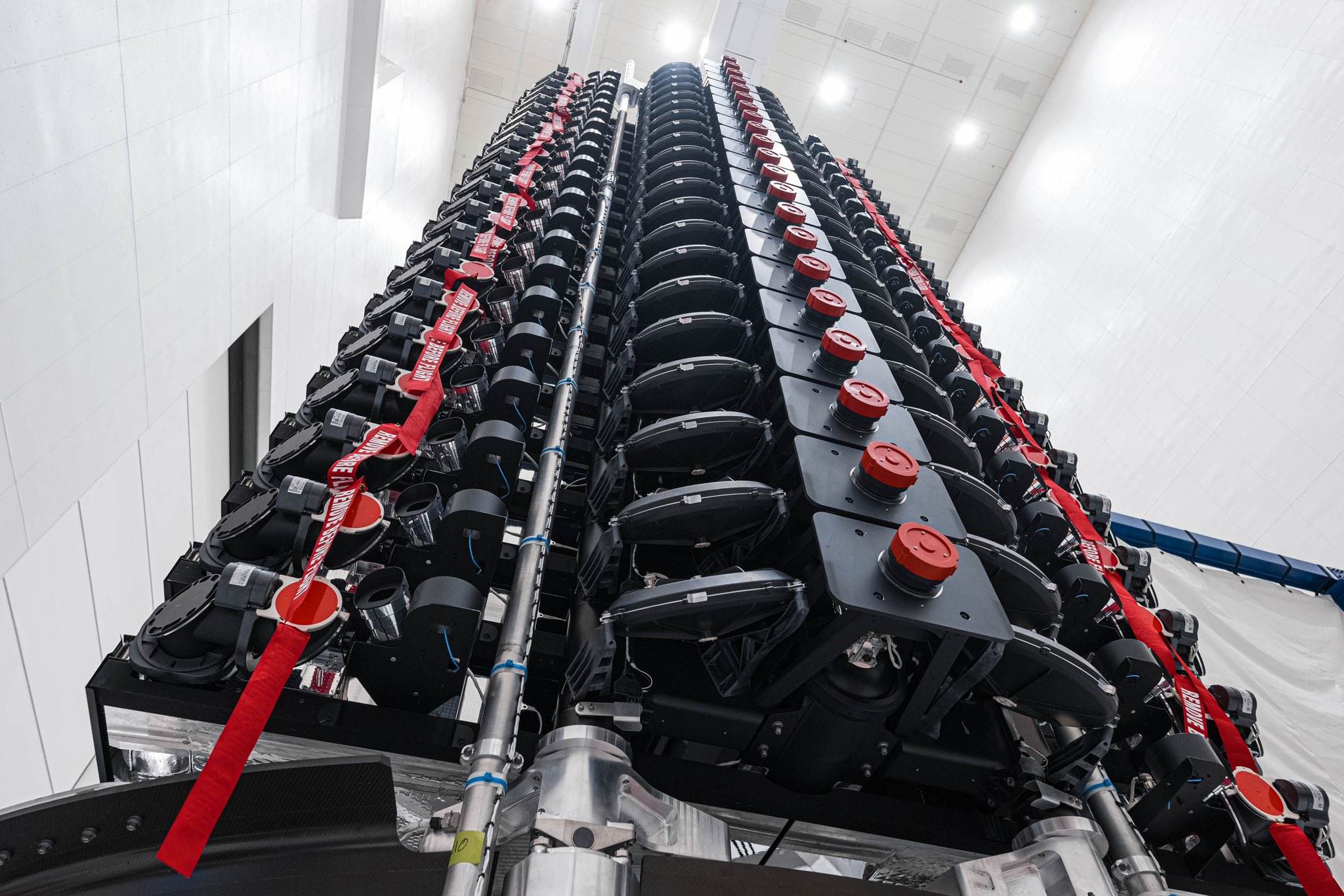
Florida-based intercity operator Brightline adopted Starlink on its trains earlier in 2023, the first passenger rail service in the world to do so. Additionally, El Salvador’s Ministry of Education has begun integrating Starlink capability into its schools to help close the digital divide between urban and remote rural communities and 50 Rwandan schools are now connected via Starlink’s high-speed internet service.




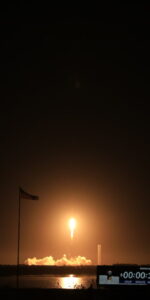
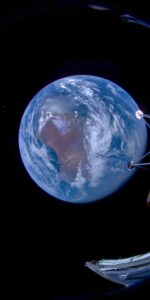
9 Comments
Leave a Reply9 Pings & Trackbacks
Pingback:SpaceX Targets Three Back-to-Back Falcon 9 Launches Tonight - AmericaSpace
Pingback:SpaceX Targets Three Back-to-Back Falcon 9 Launches Tonight - SPACERFIT
Pingback:As CFT Starliner Stands Down Until NET 17 May, SpaceX Prepares for Wednesday Launch Double-Header - AmericaSpace
Pingback:SpaceX Targets Thursday Evening for Week’s Second Falcon 9 Launch - SPACERFIT
Pingback:As CFT Starliner Moves to NET 21 May, SpaceX Launches 50th Falcon 9 of Year - SPACERFIT
Pingback:SpaceX Completes 14-Mission May, as CFT Starliner Prepares to Shine - SPACERFIT
Pingback:SpaceX Prepares for Falcon 9 Launch Double-Header Tonight, Watches Weather - AmericaSpace
Pingback:Falcon 9 Suffers Anomaly, Breaking 325-Flight String of Successes - AmericaSpace
Pingback:Falcon 9 Suffers Anomaly, Breaking 325-Flight String of Successes - SPACERFIT